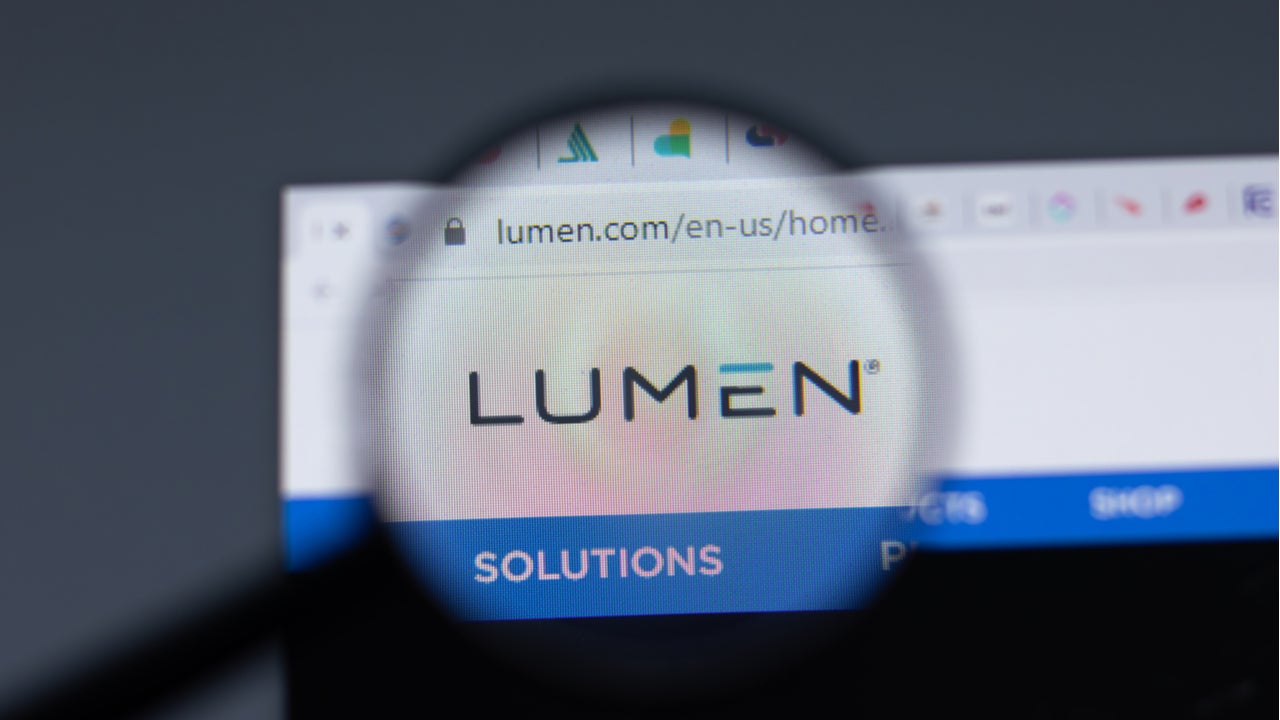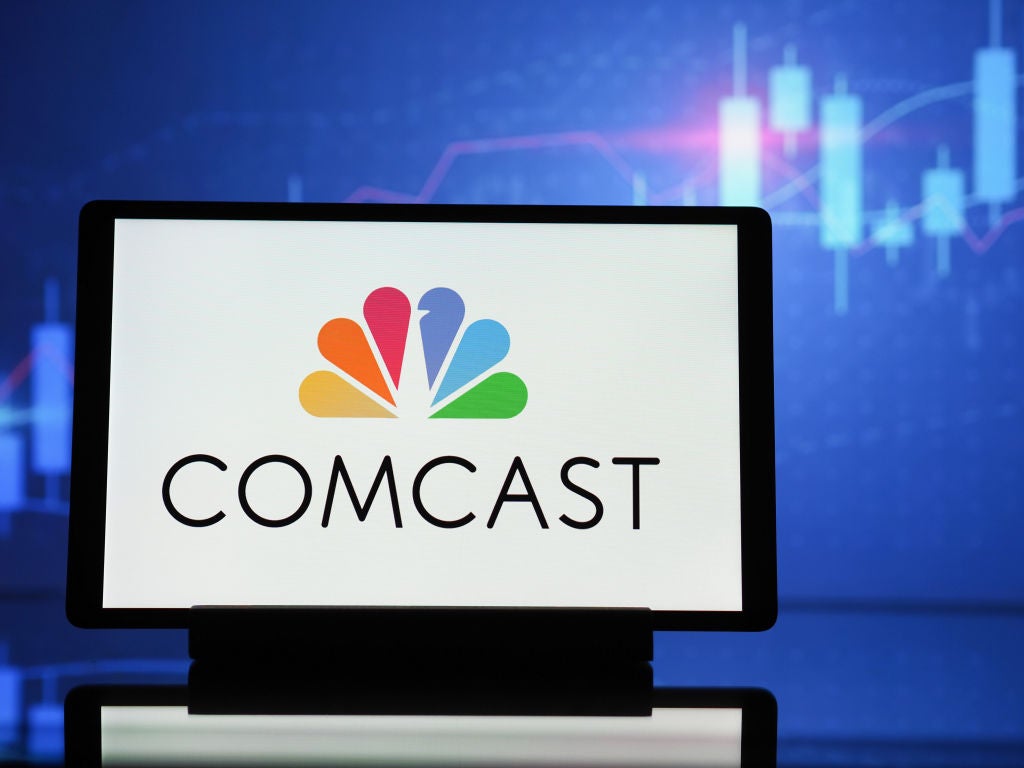
T-Mobile US and Lumen Technologies announced in April that they will embark on a strategic alliance to help business customers build, manage, and scale applications across distributed environments. The partners note that enterprise applications would benefit from Lumen’s hundreds of thousands of fiber-connected enterprise locations paired with T-Mobile’s large and fast 5G network.
T-Mobile will also become a preferred wireless connectivity partner for Lumen, allowing for a more flexible and reliable connectivity solution for all enterprises.
T-Mobile and Lumen have a good asset fit
Each company brings assets that the other does not currently have. T-Mobile has an expansive – and expanding – 5G network but has traditionally catered to consumers more than enterprises. The company is clearly hoping to change that, and gaining a preferred status with Lumen’s large base of enterprise customers should help.
Lumen also has substantial fiber resources, including 450,000 global route-miles, 180,000+ on-net buildings, and – significantly – 60 edge nodes built or being built. Those edge nodes are key to Lumen’s edge computing strategy: Lumen plans to cover 95% of US businesses with an edge offering that can deliver latency of five milliseconds or less, a feature that is crucial to enabling 5G use cases in a number of verticals, including manufacturing logistics, retail, healthcare, and public sector.
Lumen, meanwhile, is the largest enterprise-focused telco in the US without its own 5G network. Aligning with T-Mobile US would clearly help address that gap and make it a much more fully-featured alternative to its larger competitors AT&T and Verizon.
Is a merger on the cards?
Longer-term, it is intriguing to consider where the expanded alliance between T-Mobile US and Lumen – which have become increasingly “friendly” in recent years as they battle against mutual foes – might lead.
How well do you really know your competitors?
Access the most comprehensive Company Profiles on the market, powered by GlobalData. Save hours of research. Gain competitive edge.

Thank you!
Your download email will arrive shortly
Not ready to buy yet? Download a free sample
We are confident about the unique quality of our Company Profiles. However, we want you to make the most beneficial decision for your business, so we offer a free sample that you can download by submitting the below form
By GlobalDataThere are some strong arguments for a merger to help level the playing field. For perspective, AT&T had $136 billion in communications revenue in 2020, while Verizon had $128 billion. GlobalData estimates that T-Mobile US had $76 billion after accounting for Sprint revenue (T-Mobile completed the acquisition of Sprint in April 2020.)
Lumen had $21 billion, meaning that a combined T-Mobile US and Lumen would still be well behind but much closer to AT&T and Verizon than they are now. Similarly, T-Mobile US has very little in the way of fiber plant; Lumen is a distant third behind AT&T and Verizon in fiber miles, but gaining access to those miles would significantly close T-Mobile US’s fiber gap. Meanwhile, AT&T and Verizon are both clearly making fiber a differentiator in their current marketing initiatives, so merging with Lumen would significantly close the perception gap too.
Chances are any potential M&A is likely not on the table in 2021 as T-Mobile US continues to digest its $26 billion acquisition of Sprint. However, once that process runs its course, Lumen could be the next operator in T-Mobile’s sights.






Related Company Profiles
T-Mobile US Inc